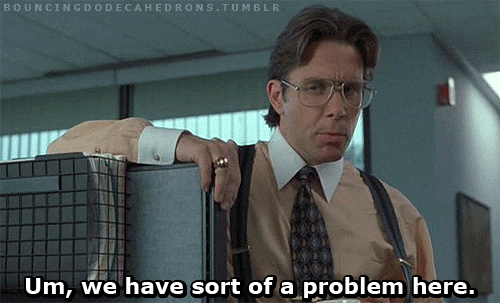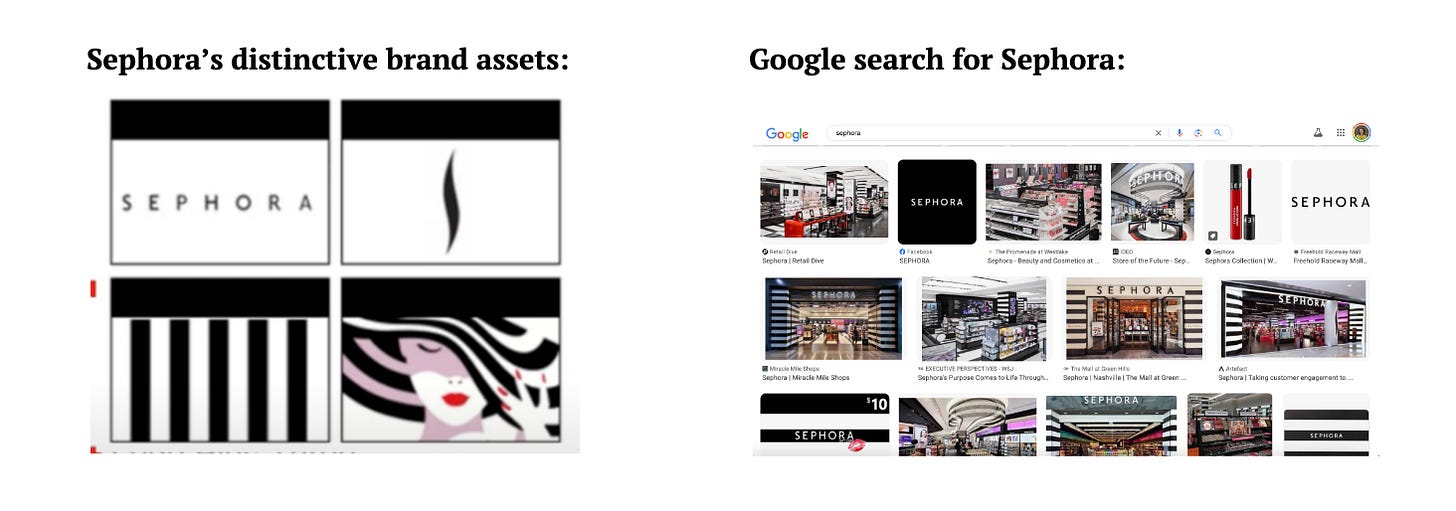Don't make my mistake: launching an ad your customer attributes to your competitor
Or, how to make sure your ad isn't part of the 84% of ads that are wasted spend
Picture this: You’ve worked for months on your new campaign - briefing it thoughtfully, selecting an agency, reviewing it carefully, crafting an integrated launch…And then post campaign surveys come back showing that people loved your ad but when they were asked what brand it was for, they thought it was from your competitor.
It turns out, only 16% of advertising is both recalled and correctly attributed to the right brand. Meaning up to 84% of advertising spend could be wasted. [Source: Tom Roach, citing a study by the Ehrenberg-Bass Institute of 143 TV ads.]
Welcome to the messy middle of marketing. Here’s what I’ve learned that can help you work better with your creative partners to build ads that outperform.
To start, catch someone’s attention
You can’t be remembered if you’re never noticed.
Now, a big part of this relies on your media strategy. Karen Nelson-Field is your guide here on how to think about the levels of attention you can expect in scrollable vs non-scrollable media platforms with reality checks like:
“By the time you get to the first brand impression, half of the reach that you've paid for has actually already scrolled away”
But even when you’re in a non-skippable or high attention format, you still need to hook someone with a message they care about.
Tom Roach provides a masterclass on “scaling up without screwing up” and lands on the truth that your ad needs to make someone feel something, and most of us create messages that are informative and rational at the expense of evoking an emotional reaction that breaks through and helps someone remember you because you made them feel something.
But when you get someone’s attention, ensure they know it’s you
Here is where your distinctive brand assets (DBAs) come to play. In my case, our ad did a lovely job of making people feel something but we missed the boat in ensuring they remembered us after viewing the ad.
I still remember the discussion - we didn’t want the ad to feel promotional and salesy and so we consciously limited the way brand elements were incorporated. This was the mistake: assuming that making the brand visible meant being overly promotional.
In a recent talk, Mark Ritson showed how Sephora does this powerfully by using a consistent set of brand codes so that you know what you’re seeing and experiencing is from Sephora:
If you need to go on a journey of helping your brand build these, I highly recommend Building Distinctive Brand Assets by Jenni Romaniuk from the Ehrenberg Bass Institute or starting with this powerful primer from WARC.
Reinforce where your brand should come to mind
Now, a tricky factor that Romaniuk notes is that if your brand has low prompted awareness in your category, you need to fix that first before your DBAs can work as hard for you as you’d like them to.
This requires knowing what brings customers into your category and how to help your brand come to mind in those moments (i.e. Category Entry Points).
Qualitative and quantitative market research can help you find the right category entry points for your brand, but for now, let’s use Sephora as an example to explore what a category entry point (CEP) could look like and how to use it to stay top of mind.
A common CEP and why it works
"I have a big event coming up and want makeup that will last all night without touch-ups."
Occasion-Based Trigger: Many people wear makeup differently based on their plans. A big event (wedding, party, work function) is a common reason people seek new products.
Emotional Driver: The buyer wants to feel confident, polished, and worry-free about their makeup staying perfect.
Product-Specific Need: They’re looking for long-wear foundation, setting spray, waterproof mascara, or transfer-proof lipstick—all products Sephora carries.
How Sephora might use this CEP to stay top-of-mind:
Advertising & Social Media Content
Instagram, TikTok, and YouTube videos showing “Event-proof makeup routines” using Sephora’s products (and the DBAs we looked at previously!).
Influencers or Sephora Beauty Advisors demonstrating long-wear products in action.
Website & App Experience
A “Long-Lasting Makeup” shopping section that curates relevant products.
Blog content or quizzes to help users find the best makeup for their event type.
Loyalty & Email Marketing
Sending reminders before major seasons (wedding season, holidays, etc.) with “Makeup that lasts all night” guides.
Offering samples of setting sprays or primers to loyalty members to introduce them to these products.
Ultimately: until we can link our brand to relevant category entry points, it will be hard for customers to remember us because we are not relevant to them. If we are not relevant, why should someone want to give us their attention? And without attention, we can have distinctive assets but who is there to see them?
So, the next time you’re starting a campaign, think about:
What makes my product relevant in someone’s life?
How can I create emotional connections with my brand and those key moments?
When I create those moments, what are the consistent cues that help someone remember my brand?
If it was easy more than 16% of ads would be doing better than they are. But you’re working your way through the messy middle and learning each step of the way. Keep it up!




